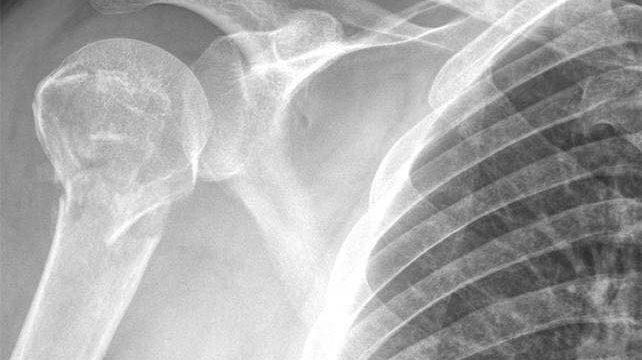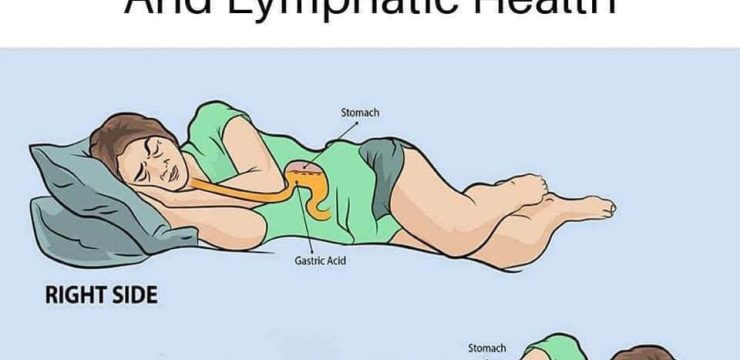Dressing appropriately for a long flight can be challenging. You want to stay comfortable, ensure that your outfit isn’t too warm or too cold, and maybe even look stylish. However, according to aviation experts, certain clothing choices can pose significant risks. While many travelers focus on comfort, experts warn that some outfits, including leggings, may not be the best choice when flying.

There has been plenty of advice shared over the years regarding what to wear and what to avoid while traveling by air. Flight attendants have frequently advised against wearing Crocs or flip-flops, particularly when using the airplane restroom. One airline crew member emphasized that wearing sandals in the lavatory can be unhygienic, as the liquid on the floor may not always be water. The exposure to potentially unsanitary conditions makes closed-toe shoes a much safer option.
Additionally, another flight attendant has recommended that passengers avoid wearing shorts on planes. In a widely shared TikTok video, he explained that airplane seats and surfaces are not always cleaned as thoroughly as passengers might assume. Wearing long pants instead of shorts provides an extra layer of protection from germs and bacteria, reducing the chances of coming into contact with unclean surfaces.
Now, a new concern has been raised by a flight expert regarding the dangers of wearing leggings on a plane. Christine Negroni, a well-respected aviation journalist and author of The Crash Detectives: Investigating the World’s Most Mysterious Air Disasters, has highlighted the risks associated with wearing leggings during a flight. She advises against wearing synthetic fabrics, such as those used in leggings, due to the potential hazards in emergency situations.
In an interview with IGV, Negroni recommends that travelers opt for comfortable flats with a sturdy sole that can be easily removed if necessary. She explains that in the event of an emergency evacuation, the ground outside the plane could be cold, wet, icy, or covered in dangerous debris such as metal, fuel, or wreckage. Wearing appropriate footwear ensures that passengers can move quickly and safely away from the aircraft.
She further explains that high heels should be avoided, as they may need to be removed before using an emergency evacuation slide. Since high-heeled shoes can puncture the slide, passengers wearing them would be forced to take them off, leaving them barefoot and vulnerable to hazardous conditions on the ground. While the Federal Aviation Administration (FAA) does not have specific rules about in-flight footwear, Negroni strongly advises keeping shoes on during takeoff and landing, as these are the most critical phases of flight when emergencies are more likely to occur.
In addition to footwear recommendations, Negroni warns that wearing leggings could pose serious risks in the event of an airplane accident. She explains that while most air accidents are survivable, many involve fire, making clothing choices crucial for passenger safety. Since most leggings are made from synthetic materials, they can become extremely dangerous in a fire-related incident.
“Synthetic fibers are chemically produced, and when exposed to high temperatures, they melt and can bond to the skin,” Negroni explains. “This can result in severe burns and scarring, making survival even more painful and difficult.”
She references a 1999 study by the FAA, which concluded that clothing made from natural materials such as cotton, wool, and leather is preferable over synthetic fabrics. These materials are less likely to melt under intense heat, reducing the risk of severe injuries during an emergency. Even denim, while not always the most comfortable travel option, provides better protection than synthetic fabrics such as polyester or nylon.
With safety being a top priority during air travel, Negroni urges passengers to reconsider their travel attire and opt for materials that provide better protection. She emphasizes that while comfort is important, making smart choices about what to wear on a plane can significantly improve one’s chances of avoiding injury in an emergency.
Ultimately, being mindful of your clothing choices while flying can make a major difference in ensuring a safer and more comfortable journey. Simple adjustments, such as wearing closed-toe shoes, long pants, and natural fiber clothing, can provide extra protection against unforeseen risks. The next time you’re getting dressed for a flight, think beyond comfort and consider how your outfit could impact your safety in an emergency.





